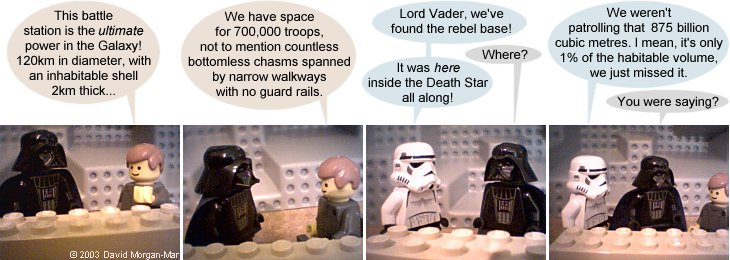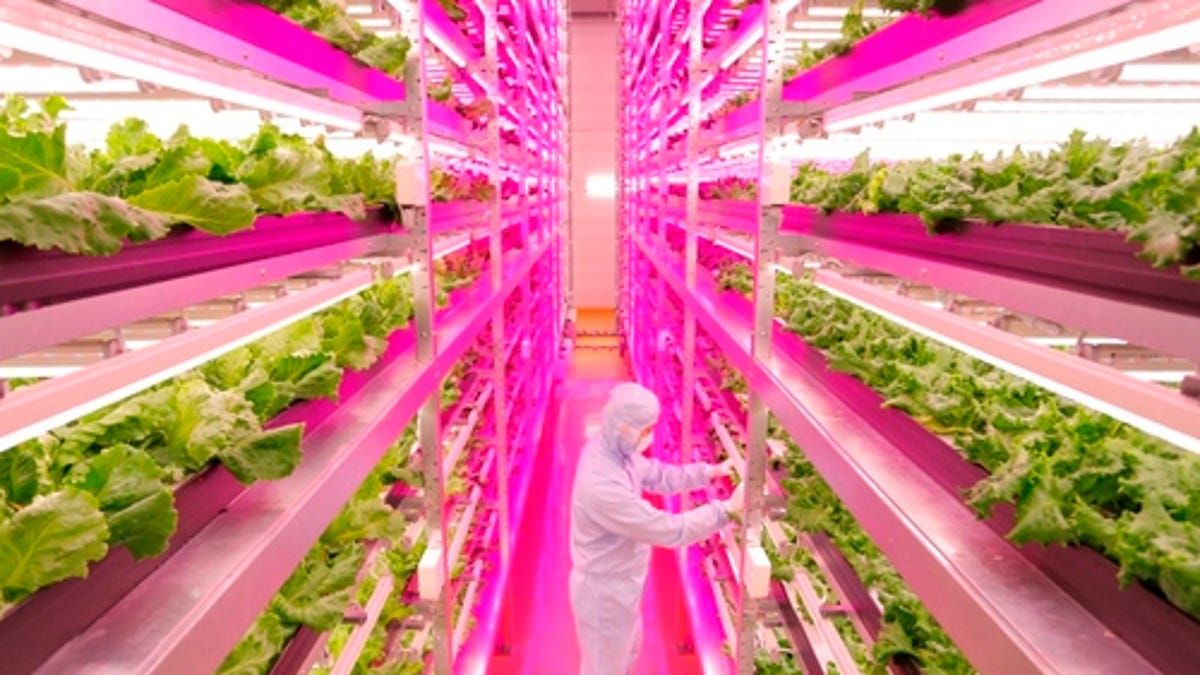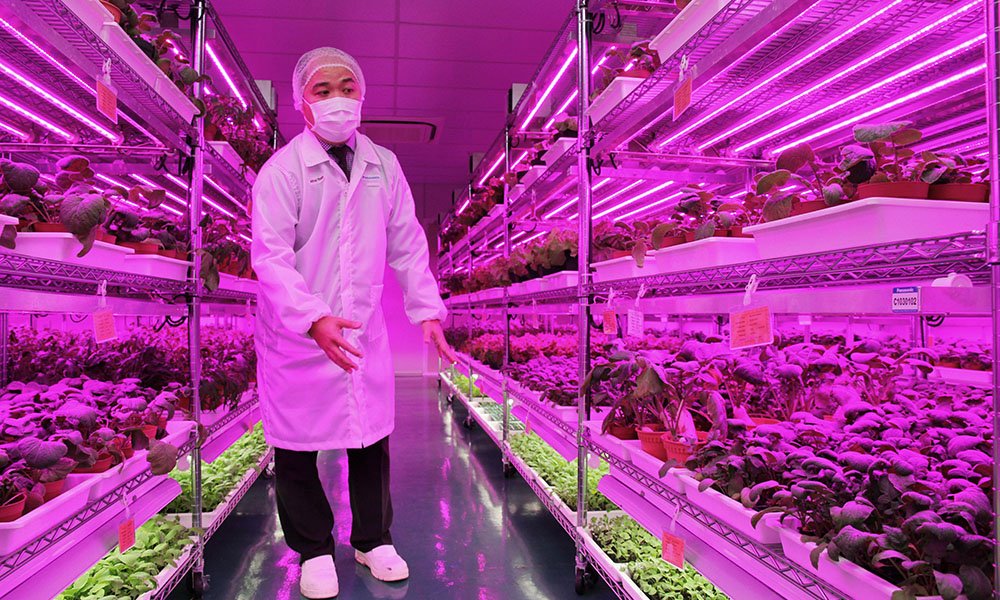One of the more common themes of Sci-Fi stories of all stripes is the addition of worlds dedicated to the production and processing of foodstuffs both for military use and export. Whether they arise naturally through commerce, or through some form of governmental decree, these worlds provide nutrition of varying quality to untold billions across their respective sectors. But it raises a very important question to me.
How long can they be sustained?
How long can this state last? If we were to use the Imperium of Man as an example, we've seen some last ~10,000 years. But during this entire process, the food being sent out is going to leach nutrients from the soil. Since it's being sent offworld, they won't be recycled naturally. Would this lead to the depletion of the soil over time? Would the constant export of millions of tons of foodstuff yearly lead to a leaching of carbon from the atmosphere, or would there be sufficient gain from volcanic or other sources to render that effectively moot?
I'm interested in your thoughts on sustainability of farming in either generic or specific settings. They allow for unheard of levels of centralization, the kind of thing you'd see in Caves of Steel or a hive world, but the loss of one of them due to simple overuse of the soil dooms multiple worlds to starvation.
It depends largely on the technology of a given setting/polity and what its concerns are.
I mean realistically speaking, most all Sci-Fi is absolute shit. Stellar mining, for example, should be much more prevalent.
In 40k, one use of agri-worlds is to control Hive Worlds. Say Sagely-2 is a Hive World with a population of a few trillion and can't feed itself, while Sagely-5 is an agri-world with a population of a few million and supplies Sagely-2's food needs. Attacking Sagely-2 is a pain in the ass, but cutting off its food imports is something a few IG regiments and a light cruiser or two can accomplish. So if Sagely-2 gets ideas, just cut off the food and wait for the food riots to adjust the planetary governments thinking.
Although if you are doing agri-worlds properly then they would be largely artificial planetoids. You make a large sphere and pump it full of Hydrogen until it provides the needed gravity, then you build layered farming, processing, and infrastructure levels all the way up with the farming layers using fusion powered lights whose emissions are tuned specifically for the food(s) in question. You simply fuse all the way up to Iron and combine the appropriate elements for whatever else you need (i.e. water by fusing up to Oxygen and combining with Hydrogen). For disposing of waste heat, you fuse up to iron, sink all the energy you can into the iron until it is as energy dense as possible, and then use mass drivers to toss the molten metal into space (ideally on a collision course with a planet you need to heat up to terraform).
Farming planetoids also let you arm and armor the outermost layer so that your food production is protected against enemy action, and they can potentially even move.
Realistically, the most effective method of interstellar travel is to make such a planetoid (with the addition of living space and production infrastructure), give it some massive solar sails, and use the heat disposal mass drivers for propulsion as well. Besides the fusion, we are actually at least theoretically capable of building one of those today (i.e. we have the needed knowledge to do so).
The most obvious answer is that agri-worlds are just continuous importers of... manure. That would solve both the mineral-loss issue of the agri-world, and the material build-up that must necessarily be occurring at the other end...
Not positive that it's canon but I vaguely remember a 40k story where one of Terra's main exports its Blessed poo, seeing as it comes from the Throne World and is thus inherently an extra especially good fertilizer.
You also have to look at energy concerns. A major problem with IRL urban farming is how much grow-lights can add to the electric bill, it turns out it's surprisingly hard to compete with sunlight for cost.
Now maybe you're thinking "Oh, but they have superpower plants, energy won't be a problem, which is
fair, but not the actual issue. It's
heat. Every last joule you pump into the system will eventually turn into waste heat by hook or by crook. An ecumenopolis, just by virtue of the sheer number of human bodies giving off body heat, their lights, computers, air conditioning, etc. is already riding the ragged edge of physics for how much waste heat a planet can reasonably radiate away*. Adding in an entire agriplanet's worth of waste heat to grow lettuce makes the situation that much more ridiculous.
You can't cheat the laws of thermodynamics.
*
Irregular Webcomic! #396
Most urban farming today is spectacularly badly done, largely because it is artisanal production by woke hippies. Fusion and tuned, hyper-efficient, LED's would actually make the energy and heat costs of urban farming cheaper than traditional farming. Plants are spectacularly bad at absorbing the suns output (they don't use the majority of the EM radiation the sun outputs) and growing traditionally means you can't do atmospheric tweaking for better production (plants grow better in higher CO2 environments, for example).
But yes, thermal management is the likely killer of most ecumenopolis ideas. Although even then, Sci-Fi population figures are fucking stupid. I mean a trillion people on a city planet is a joke. Like just covering the surface of Earth in a city with the same population density of LA is only 1.6 trillion people. If you are actually covering the same area in kilometer high towers then it drastically increases; using NYC population density, for example, gets you to 4 trillion. Something like Coruscant or Holy Terra? Where they are explicitly covered in towers hundreds to thousands of kilometers tall (and sunk as far into the crust) and with a population density at least as high as NYC? You are talking a population in the hundreds of trillions or more.




